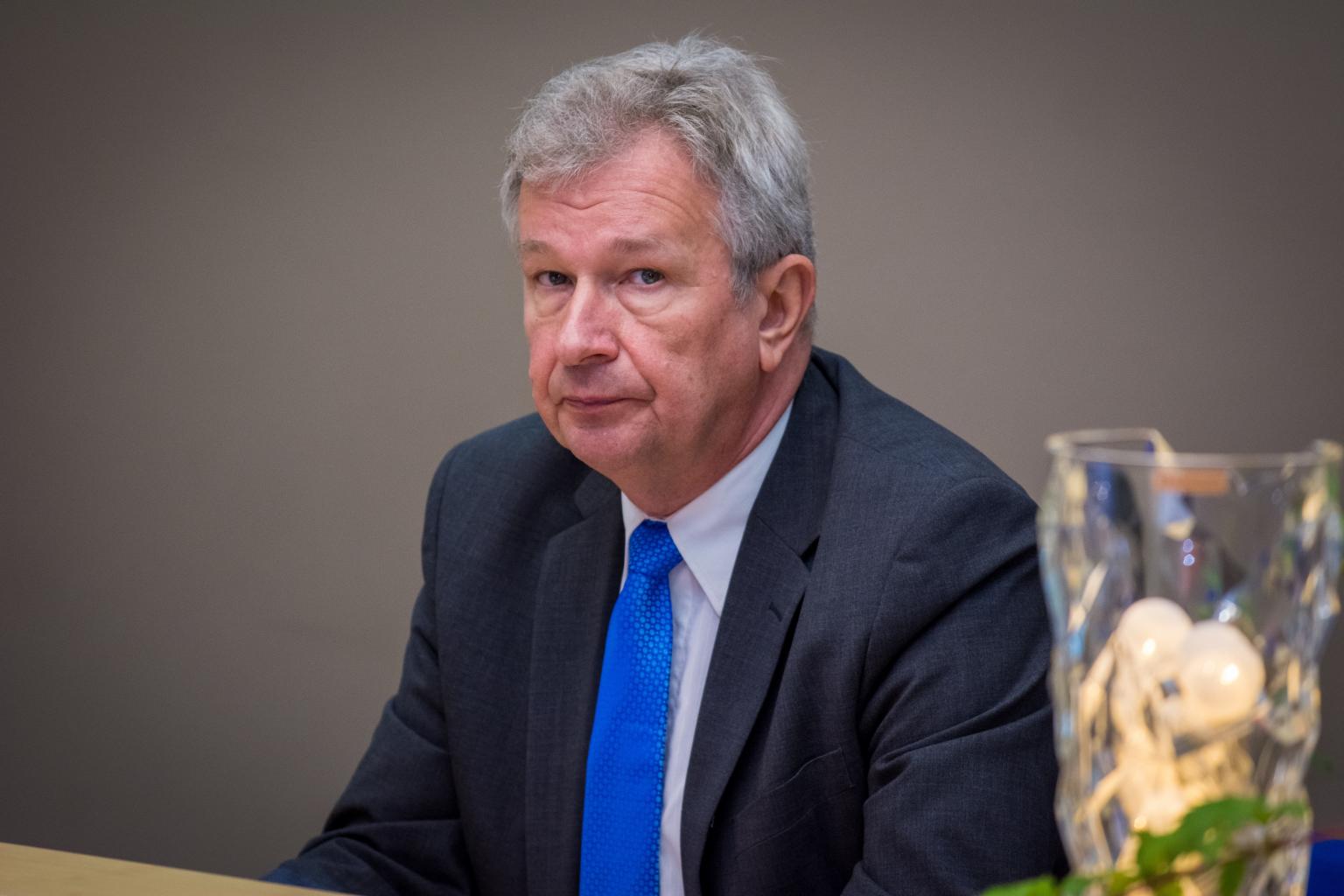RSU Professor Ģirts Briģis On How to Stop the COVID-19 Pandemic
‘If there is no “herd immunity”, one carrier of the agent in a cinema or a church is enough to cause a dramatic increase in incidence, like in the case of South Korea,’ explains Professor Ģirts Briģis, the Head of the Department of Public Health and Epidemiology of Rīga Stradiņš University (RSU), in an interview on LV Portāls.

In the interview, the professor speaks about how to stop the destructive pandemic, why the current situation cannot be compared to a "regular" influenza epidemic, and why analogies to other diseases are, most probably, inappropriate.
Can this type of pandemic end by taking precautionary measures alone? It is said that the pandemic will end only either once a vaccine is developed, which is expected to take at least a year, or if the population develops so-called "herd immunity". But how can immunity be developed if people have to observe social distancing measures? What, in your opinion, will happen in the future? What are some possible scenarios?
The development, course and outcome of any pandemic or epidemic are different in specific ways. They are affected by different factors: the biological properties of the agent, the virus, like recombination capacity; ways of disease transfer and virulence, which is measured by specific parameters, like attack rate, for instance; the biological, demographic and social parameters of potential patients, for example their immunity, population density, communication and hygiene habits, as well as other factors.
COVID-19 is a contagious disease that is primarily transmitted by means of airborne droplets. The lower the possibility of such transmission, the lower the risk of getting ill. Since we do not have other opportunities of limiting incidence, preventative measures together with active testing, as well as efforts to detect and isolate previously undetected cases, is currently very important.
There is too little information on several factors that could affect a forecast to make predictions. These factors include the development of immunity, its stability and mutations. However, the issue of herd immunity has moral, ethical and, possibly, economic aspects as well. A rhetorical question is whether we would be ready to sacrifice the lives of 1.4 % or even 8 % of people aged 60 and above to develop herd immunity if, potentially, 80% of people were to get infected.
In Italy, case fatality figures in all age groups are even more dramatic. As I mentioned earlier, modelling the current development of the pandemic is unreliable due to multiple unknowns and incomplete source data. Any modelling is based on previous experience. However, COVID-19 is a new disease and there is not enough experience yet. Drawing analogies to other diseases is, most probably, not helpful.
The argument that considerably more people die from influenza without the government introducing the same type of restrictions is frequently made. Are these two situations comparable?
They are not comparable due to each disease having different parameters. Case fatality is the most important one, which in the case of COVID-19, is much higher than with influenza where it is approximately 0.1%. I would like to quote the findings of Prof. Shigui Ruan and her associates from the University of Miami:
‘Even though the fatality rate is low for younger people, it is very clear that any suggestion of COVID-19 being just like influenza is false: even for those aged 20-29 years, once infected with SARS-CoV-2, the mortality rate is 33 times higher than that from seasonal influenza.’
Related news
 RSU researchers explain how digital technologies help paediatric oncology patientsRSU in the news, Consolidation, Research
RSU researchers explain how digital technologies help paediatric oncology patientsRSU in the news, Consolidation, Research


